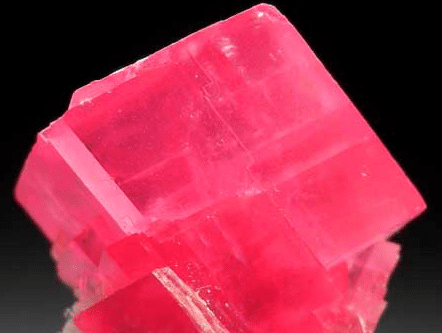I’ve been an avid collector of mineral specimens from around the world since my experience, at the age of 13, of finding a beautiful black tourmaline crystal while on a Boy Scout hiking adventure. We were in the upper limits of the gem mining Pala District in San Diego County, California. I’m now 84 and still greatly enjoying my collection and sharing it with friends. In my blog posts, I want to share with you my joy in collecting these beautiful works of the Earth and hope to interest you in collecting them as well. My great pleasure has evolved from their aesthetics – enjoying the beautiful color and crystal forms of minerals, to learning about their geological histories — where and how they formed, their chemistries and crystal forms in relationship to minerals of similar composition, their mining history, and their frequent influence in geopolitics.
In sharing ideas about these subjects I will, because of space limitations, provide short but meaty encapsulations. I will draw abundantly from resources on the web. To complement my input, I will usually provide links to the subject for your further exploration. In a lighter vein, I plan to frequently include the rich lore of mining and of mining men, of prospectors, and of Lost Gold and Silver Mines and of the historic mines, particularly in the Southwest and Mexico.
To begin, what is a mineral? Drawing from the site, Webmineral, I find a number of definitions cited from scientific literature. To synthesize: “a mineral is a naturally occurring homogeneous solid with regularly ordered crystalline structure and a definite chemical composition. They can be distinguished from one another because of these definite characteristics”. Knowledge of these ideas are powerful tools in identifying a mineral specimen. The mineral’s chemical composition leads directly to its color, internal atomic arrangement, and crystal form. For example, the beautiful Rhocochrosite crystal from the Sweet Home Mine in Colorado, shown above, is manganese carbonate, having the chemical formula MnCaCO3. Its deep red color is due to its manganese content and its rhombohedral form comes from the internal arrangement of atoms.
Because of the importance of chemical and crystallographic relationships in defining a mineral, I’m providing a link to an introductory course to minerology and crystallography offered by the Open University, a long known and excellent United Kingdom source of quality courses offered, at no cost, to world-wide users. I encourage you to open the link and scan the topics offered, as well as the internal links to tools for accessing a comprehensive body of reference material.
I hope you will share your questions and comments with me, submitting them to our “Ask An Expert” feature.
In my next post, I’ll share with you ideas offered by the most senior of collectors on how to build your own collection. Those ideas will include: collecting one mineral species; collecting many; collecting from one locality; collecting worldwide; where to find bargains and much more.
Until then, have fun learning about minerals and collecting.




